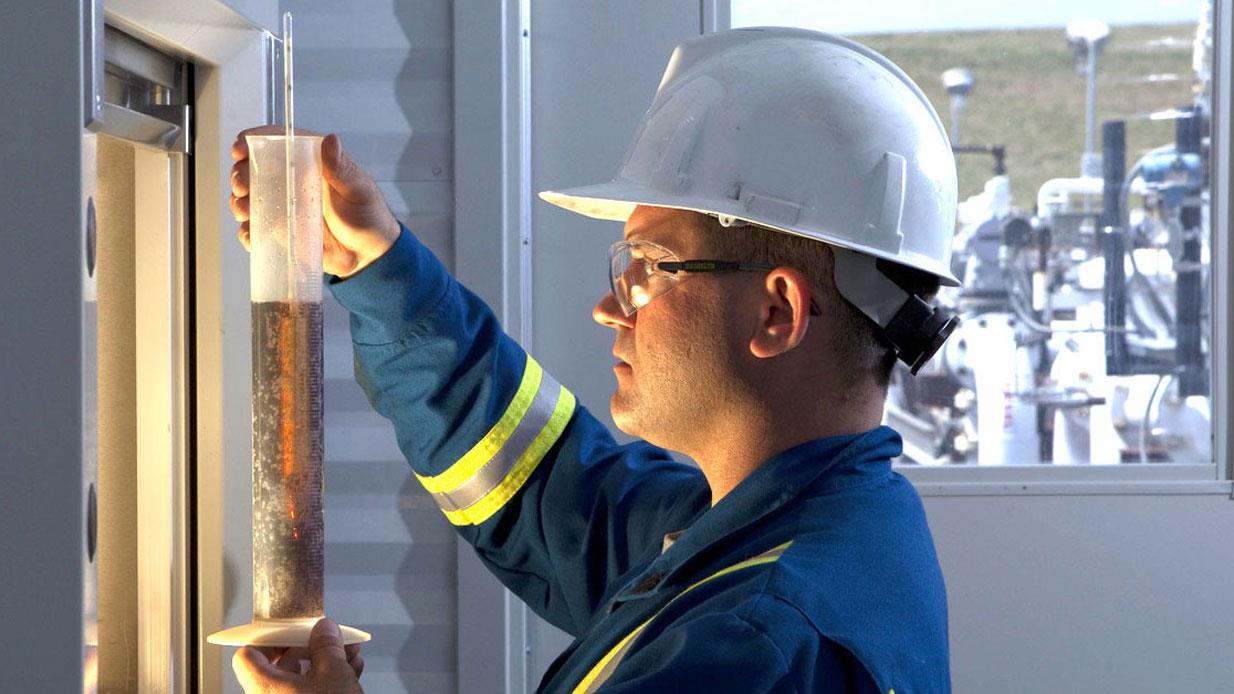
"What is the best way to select machines to be included in an oil analysis program?"
Oil analysis is all about utilizing the hidden clues within your oil to identify whether the lubricant or machine is showing signs of degradation. However, preventing the failure of the oil or machine is only a fraction of the cost-avoidance opportunity that exists.
Safety and Downtime Risks
When considering oil analysis, you must determine what the piece of equipment means to the plant’s operation and its potential safety risks. These should be your two primary concerns. Indeed, the recommendation for oil analysis will increase proportionally to the risks associated with safety and downtime.
For example, imagine the failure of a single oil-lubricated bearing on a paper machine or supply air fan for a main engine cooling system. Both of these bearings may have a relatively low replacement cost, but because their role is on the larger scale of the plant’s machinery, their failure could mean tens of thousands of dollars in lost production every hour while inoperable.
Even if the bearing has a good track record of not failing, the cost of routine oil analysis is insignificant compared with the value of this condition monitoring approach. Therefore, a plantwide criticality assessment of the facility’s lubricated equipment should be performed.
Aside from criticality, the decision to include a machine in an oil analysis program will also depend on other factors, such as historical data, environmental conditions and the likelihood of contamination.
Historical Data
If the component has a frequent or recent history of operational issues, adding it to the oil analysis program (at least in the short term) can help avoid recurring failures.
Environmental Conditions
If the component is bombarded with water or certain types of solid contaminants, you will want to continually check the oil’s condition and watch for signs of wear debris.
Also, be sure to monitor any equipment that is outside, uncovered, submerged, close to steam pipes, near high-temperature areas or affected by other external contaminants that could make lubrication more difficult.
Even the abrasiveness of the contaminants should be considered, especially for equipment in mining and quarry environments.
Likelihood of Contamination
Based on the component’s design, determine the likelihood of contaminants entering the machine, particularly around lubrication zones. If low-quality seals are used or process materials, chemicals and contaminant interactions with the oil are unavoidable, there is a higher probability of the oil being impacted.
A diesel engine would be a good example of this, as the engine oil is constantly exposed to a variety of stressors, including high-temperature zones, soot, fuel, water and glycol.
While there are many different approaches for deciding whether a machine requires oil analysis, the five factors detailed above should always be among your main considerations, with safety and downtime risks at the very top of the list.


.jpeg)

